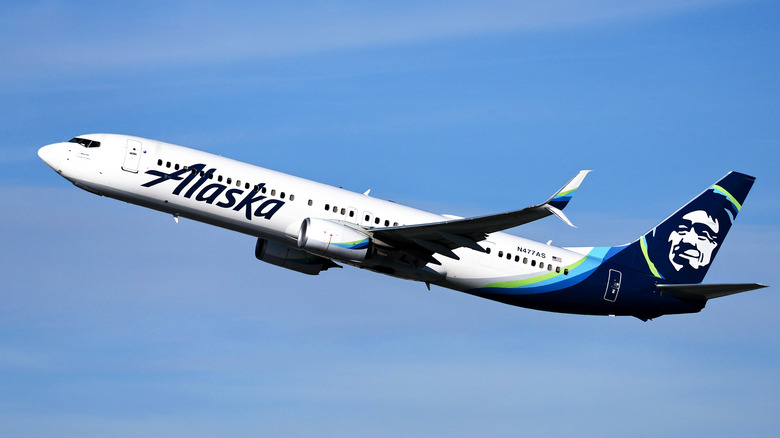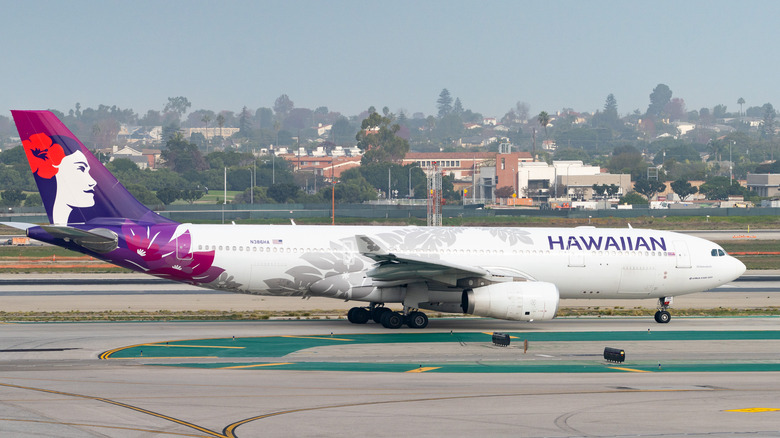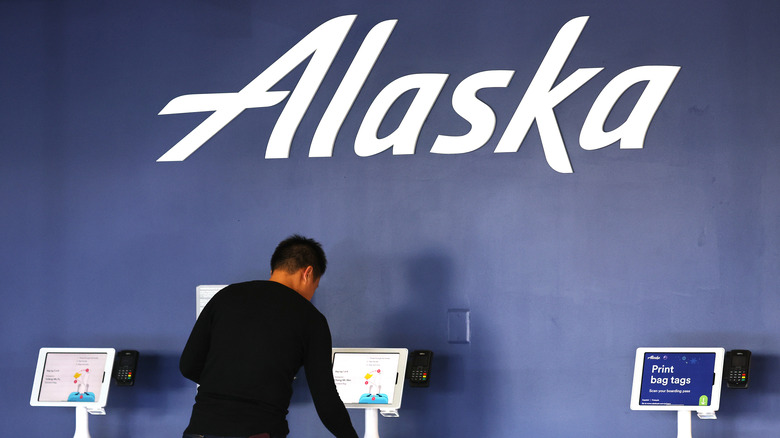These Two US Airlines Are Merging. Here's What That Could Mean For Travelers
The aviation industry is no stranger to mergers and acquisitions, as companies often seek to expand their operations and stay competitive. There has been a lot of buzz surrounding a proposed union, which has caught the attention of experts, travelers, and stakeholders alike. In early December 2023, Alaska Airlines announced that it would acquire Hawaiian Airlines in a merger to provide more travel options and non-stop connections between the West Coast and Hawaii. While this is undoubtedly an exciting development, several challenges need to be addressed before the consolidation can be finalized.
Travelers should stay informed about the proposed merger and its potential implications, including the benefits and concerns. For instance, it could lead to more flight options and lower fares for consumers, but it could also mean reduced competition and fewer choices for travelers in the long run. By keeping up with news about the merger and understanding its potential impact, you can make informed decisions about your travel plans.
Expanded network, destinations, and unified loyalty programs
The proposed merger between Alaska Airlines and Hawaiian Airlines is expected to bring significant advantages to travelers. One of the main perks will be the improved travel options between the West Coast and Hawaii. The merging will combine the two airlines' courses, providing new non-stop routes and making travel more accessible and faster for passengers. It could increase competition on specific routes by offering better flight prices, which would benefit budget-conscious travelers and those who travel frequently on the West Coast-Hawaii passages.
The benefits of this combination go beyond the West Coast-Hawaii route. Hawaiian Airlines passengers will now have access to Alaska Airlines' extensive North American network, allowing them to travel seamlessly across the continent. At the same time, Alaska Airlines customers will have access to Hawaiian Airlines' routes, providing them with access to popular international destinations in Asia and the South Pacific while enjoying the renowned hospitality of Hawaiian Airlines.
The union between the two airlines also makes it possible to have a single loyalty program. Travelers could then earn miles on both companies, leading to faster rewards. Additionally, it allows passengers to benefit from the oneworld Alliance, which offers more redemption options, such as access to exclusive airport lounges and better booking options with partner airlines.
Competition, pricing, and concerns
The merger between the airlines is not a done deal, as they must first receive regulatory approval. This is necessary to ensure it does not negatively affect customers or the market. The airlines must provide accurate and complete information, including their proposed plan and financial statements. One of the primary concerns of the regulatory authorities is to ensure that the merger does not result in unfair competition or monopolies. This is important to protect consumers and the integrity of the industry. The regulatory authorities will also evaluate the combined companies' financial stability and ability to compete in the market.
Blending two distinct airlines and their loyalty programs is a complex task that requires careful planning and execution. While the airlines will make efforts to keep disruptions to a minimum, travelers may experience temporary inconveniences during the transition phase. Ultimately, the success of this proposed consolidation will depend on the ability of the airlines to deliver the promised benefits while minimizing any negative impact on customers and the industry.


